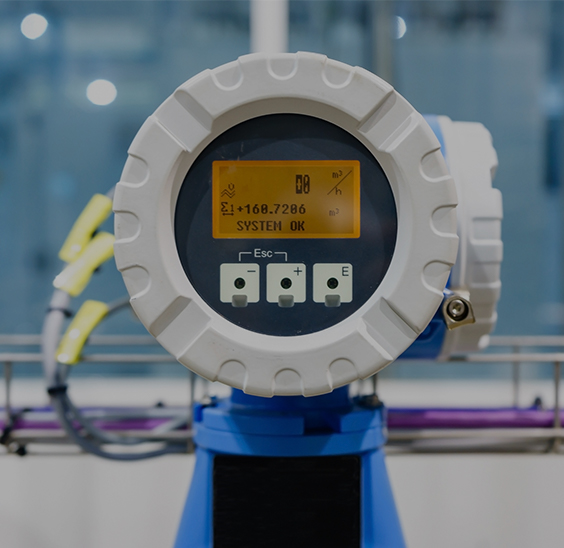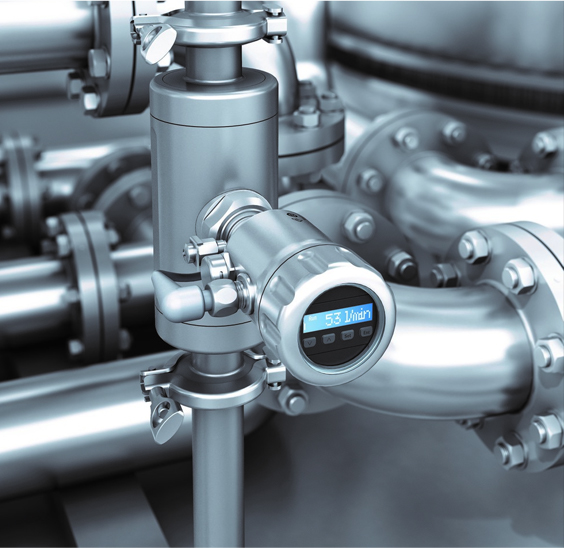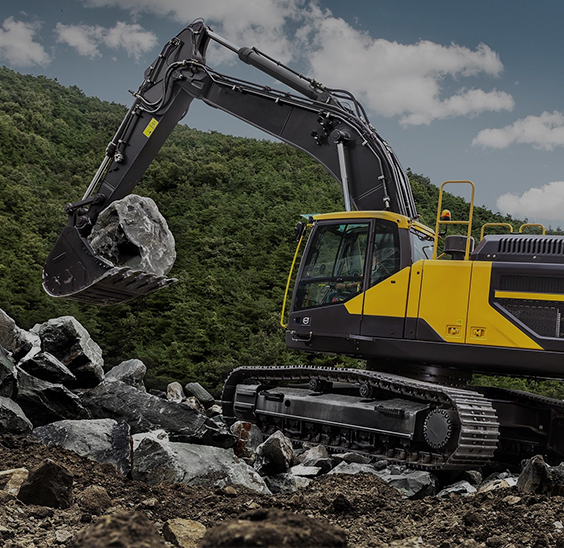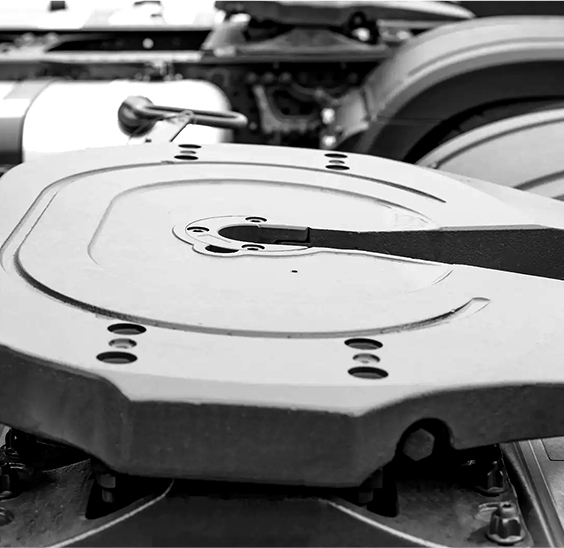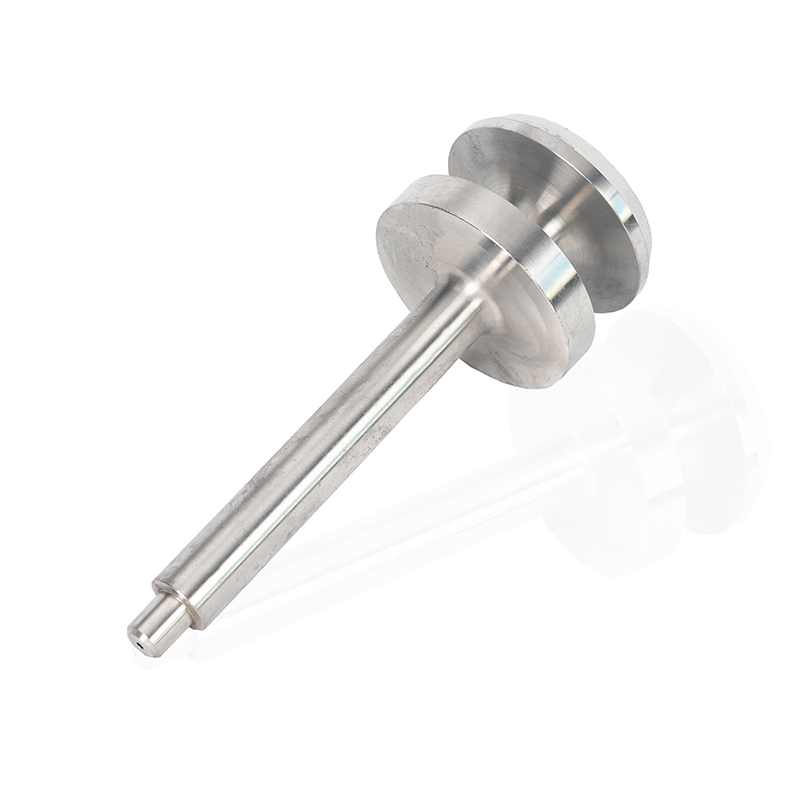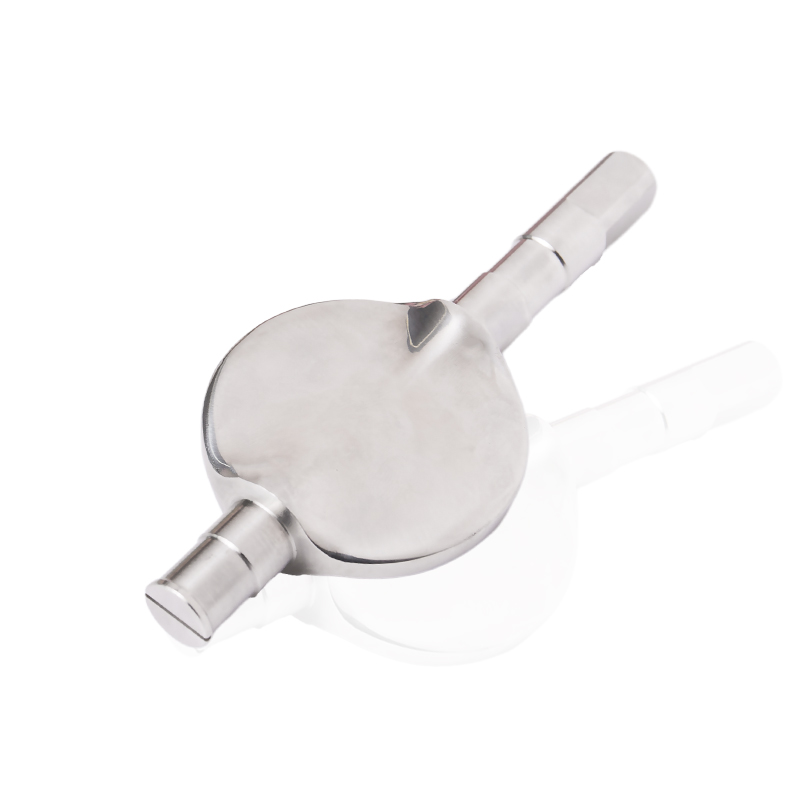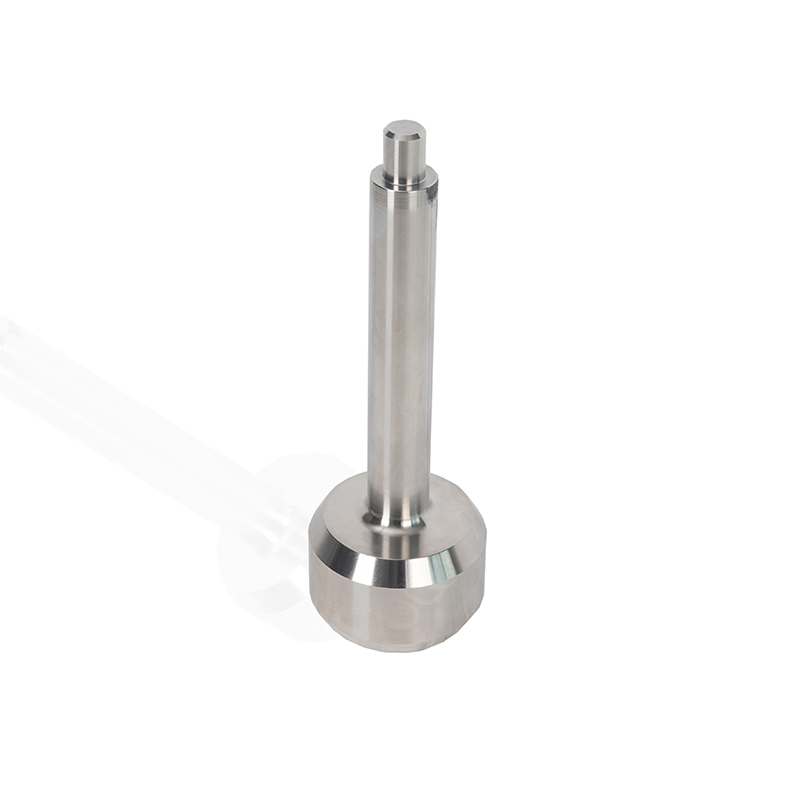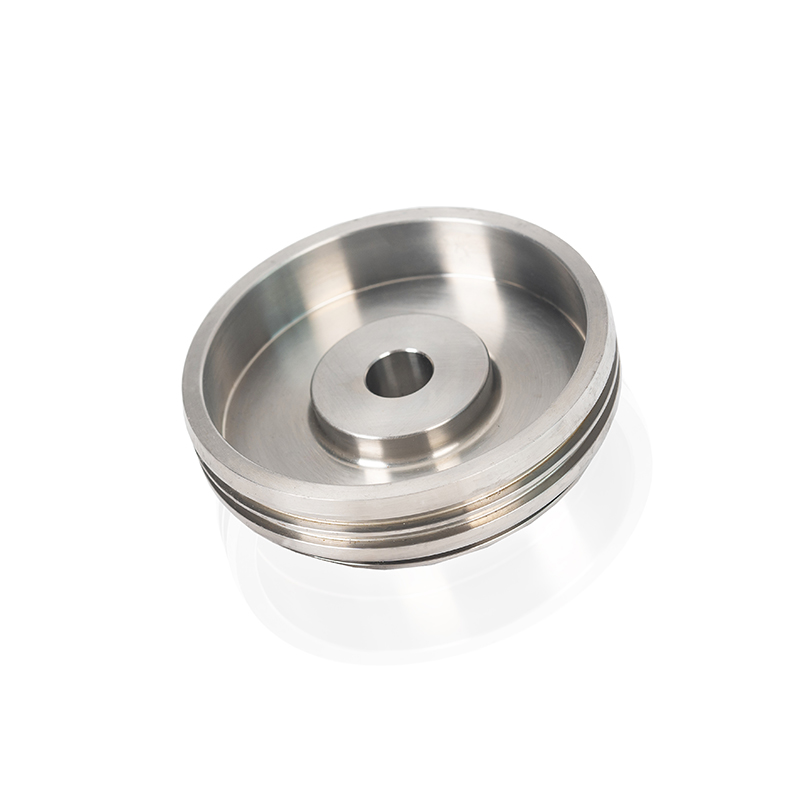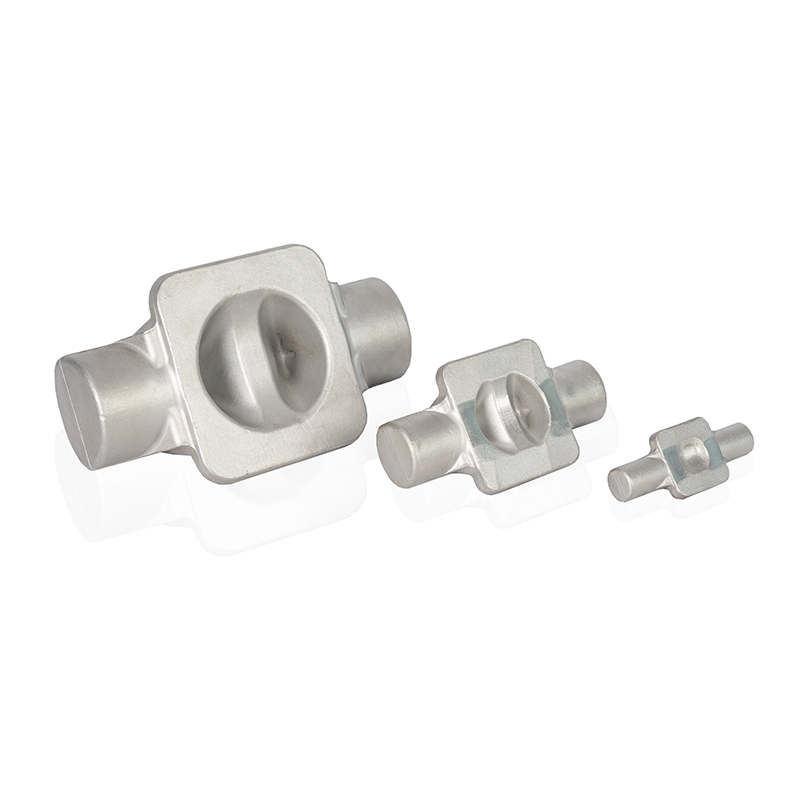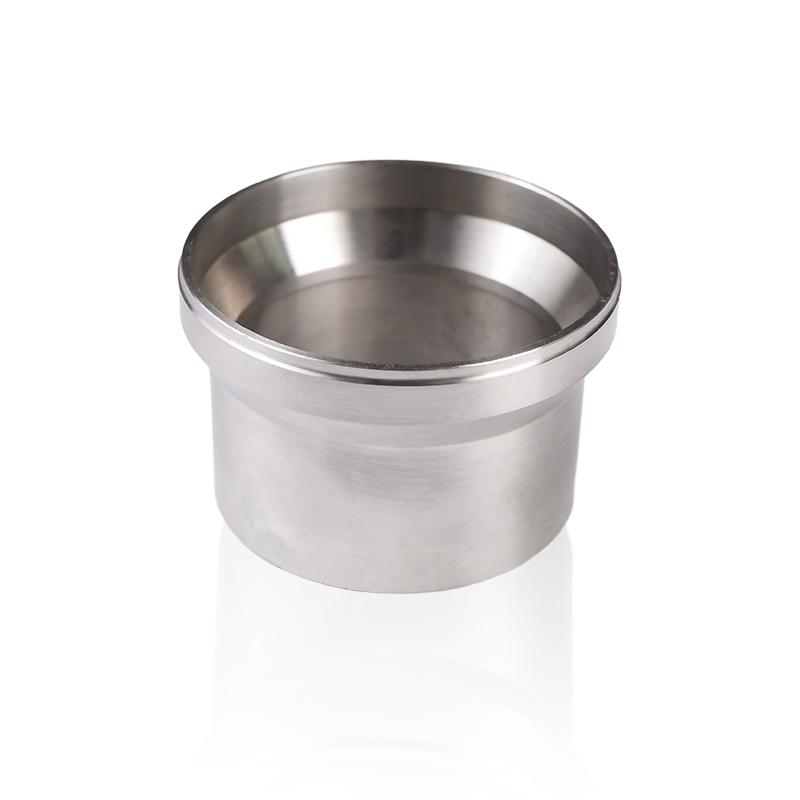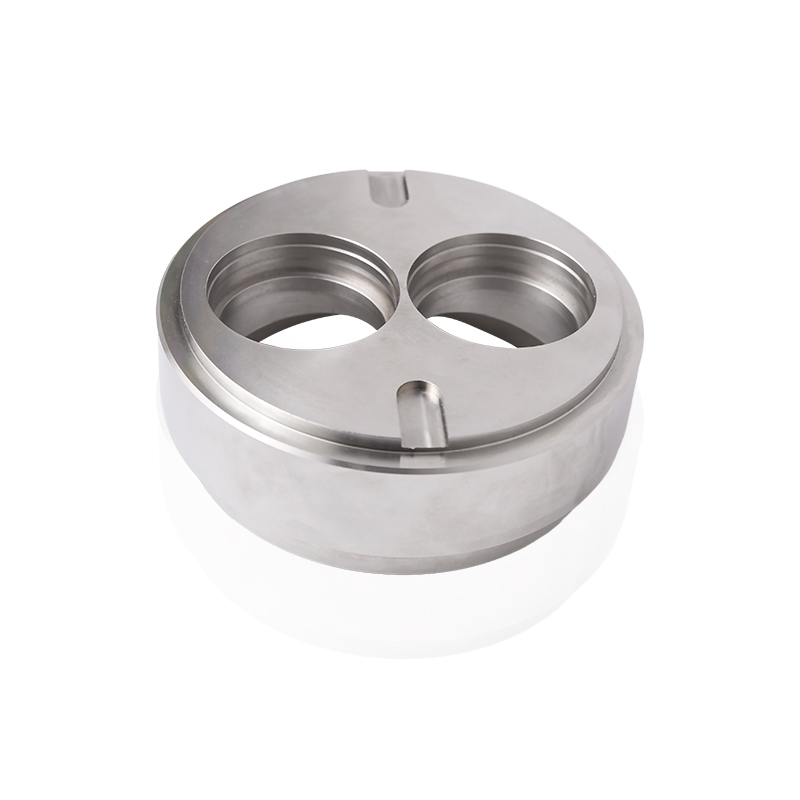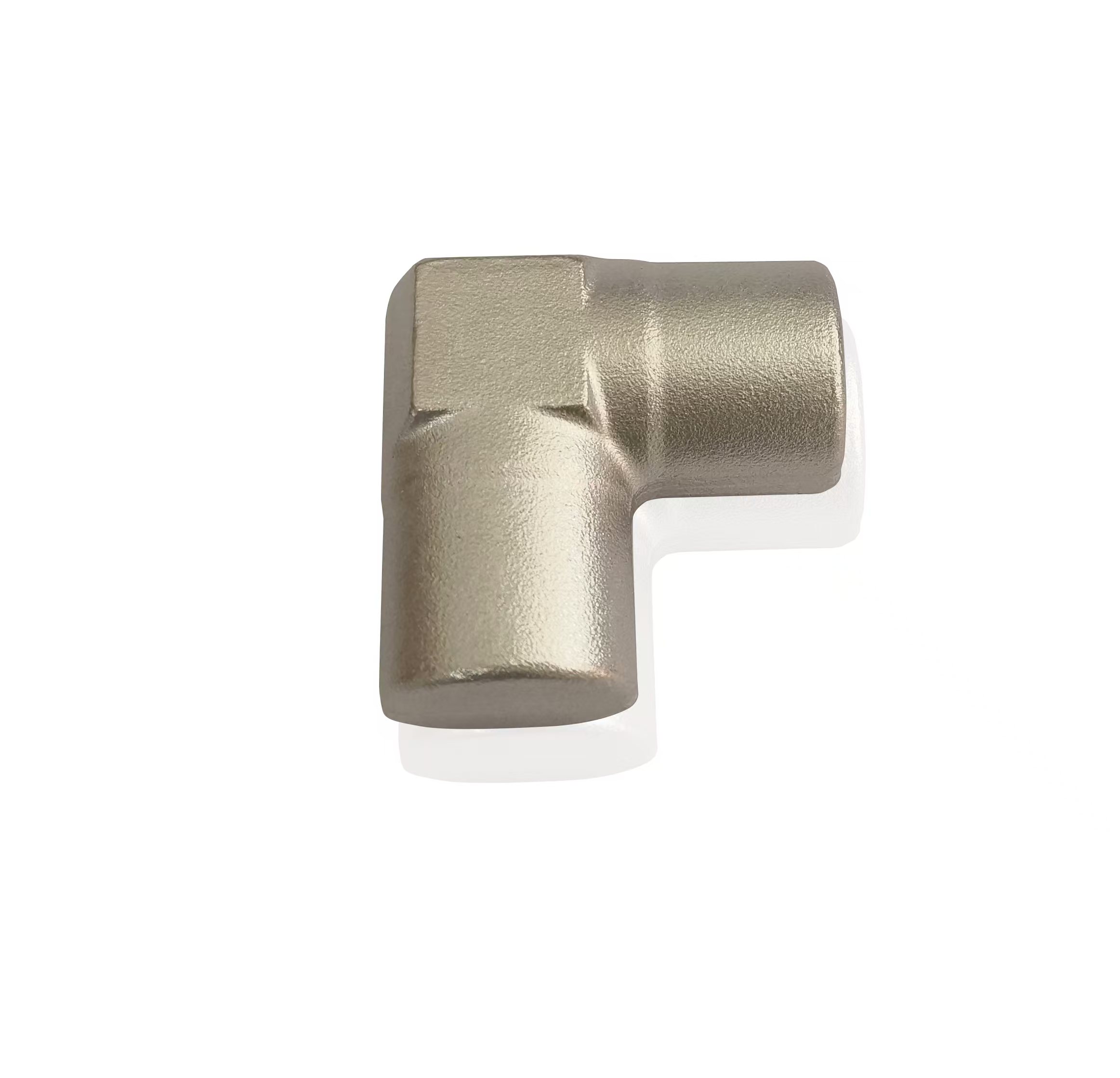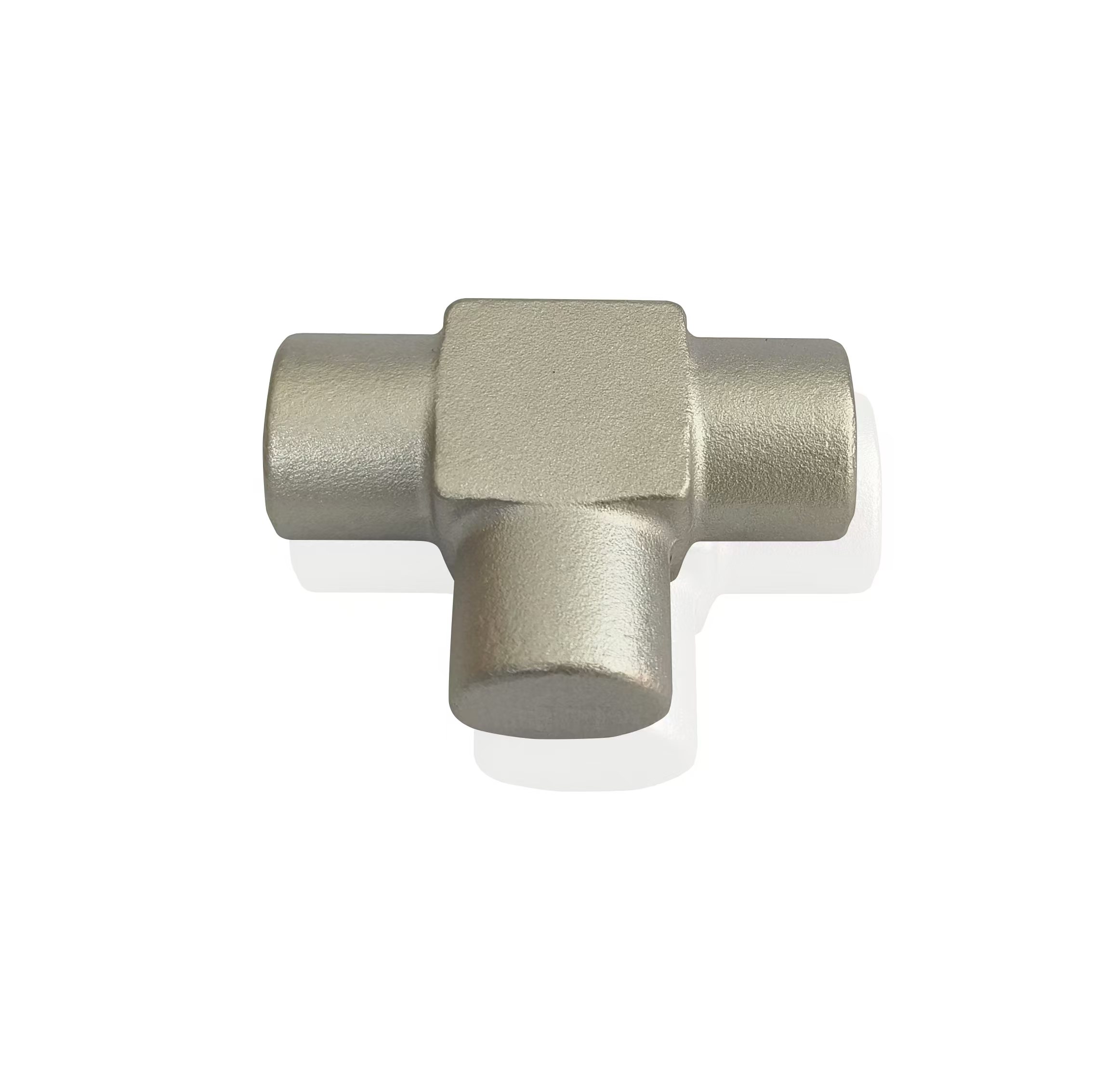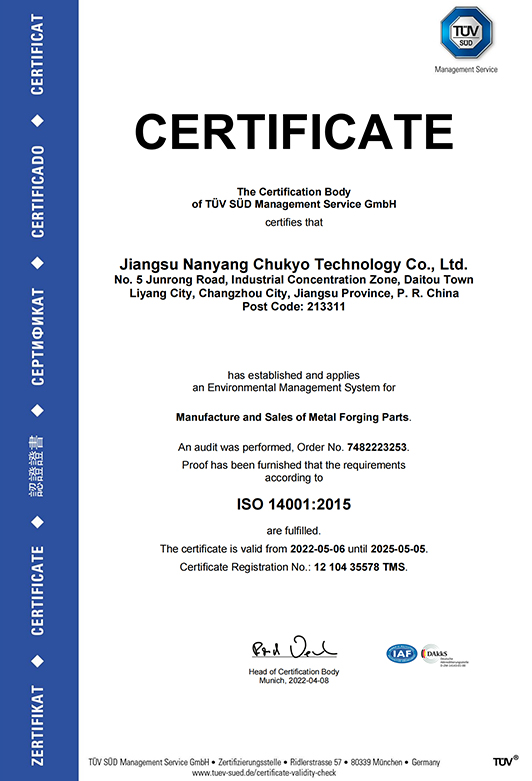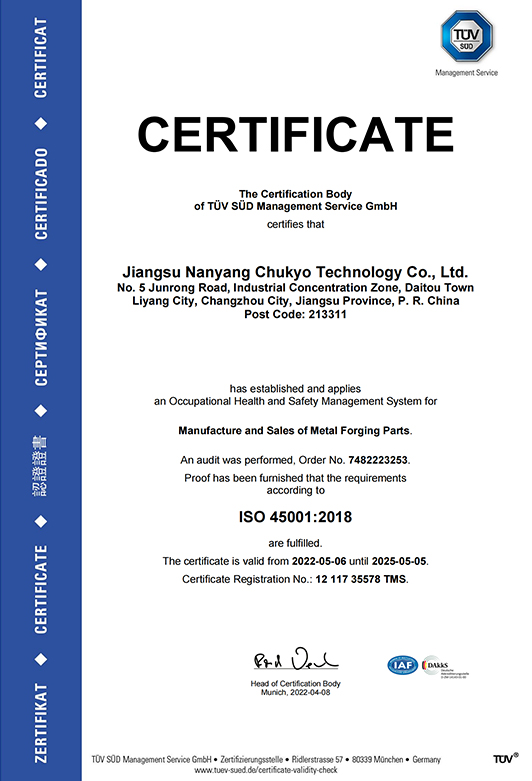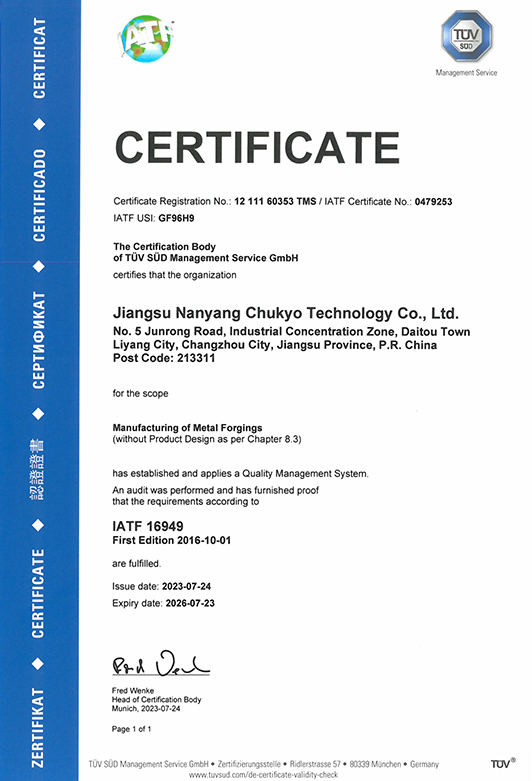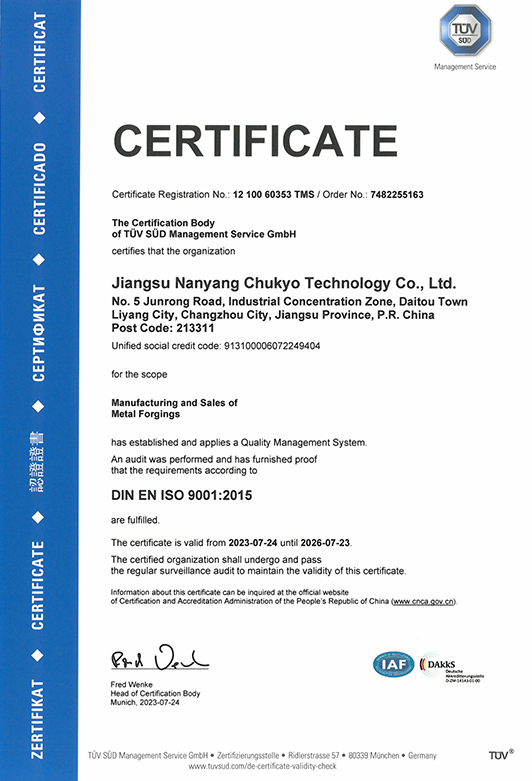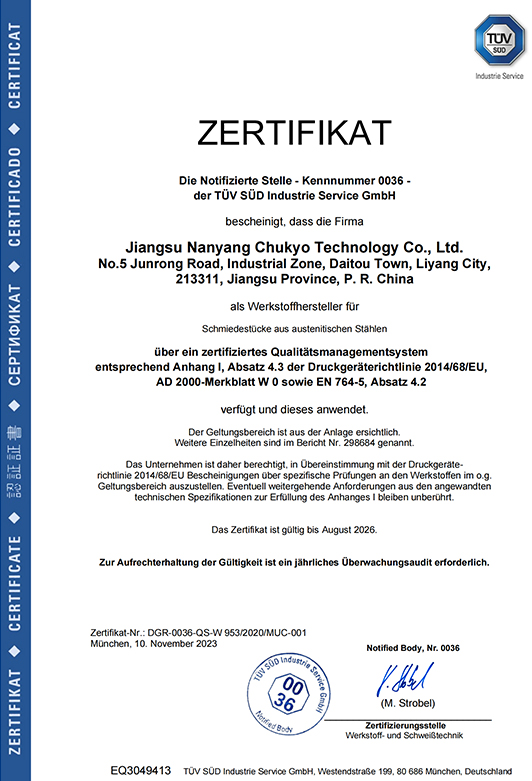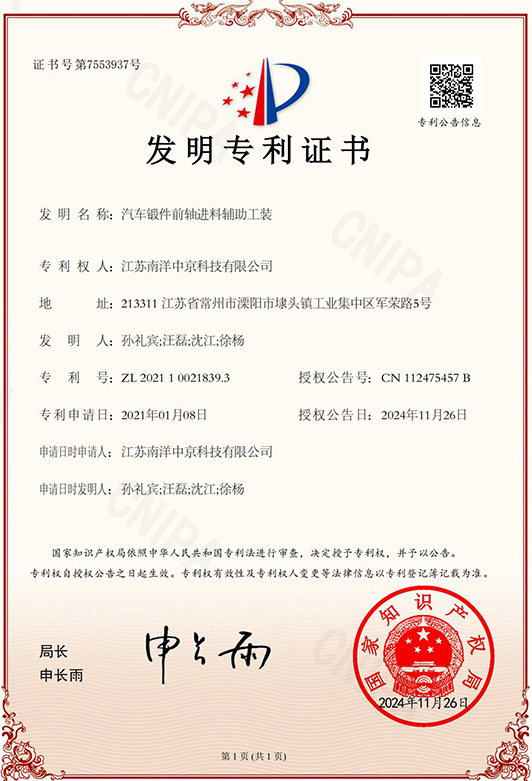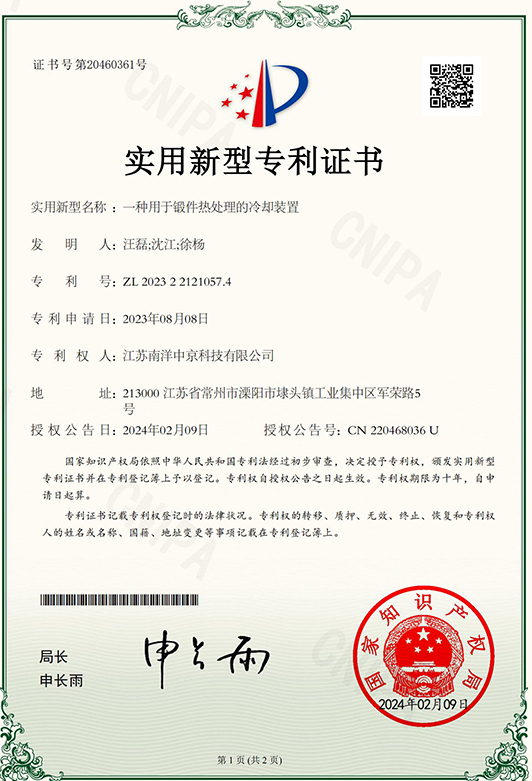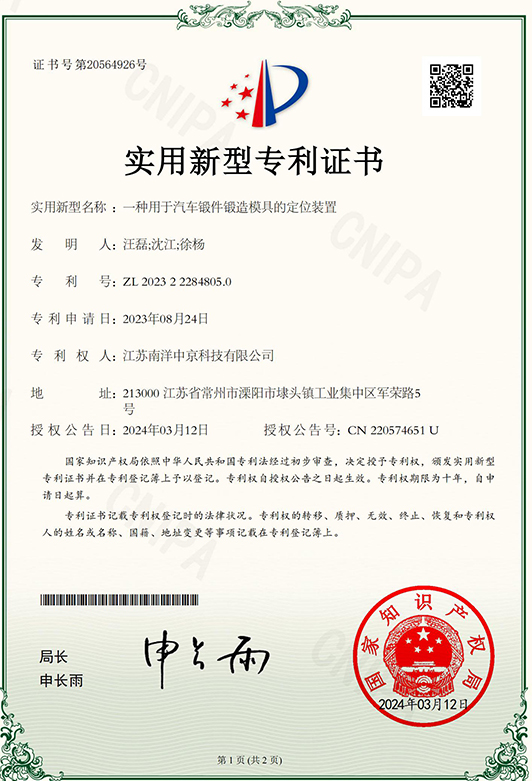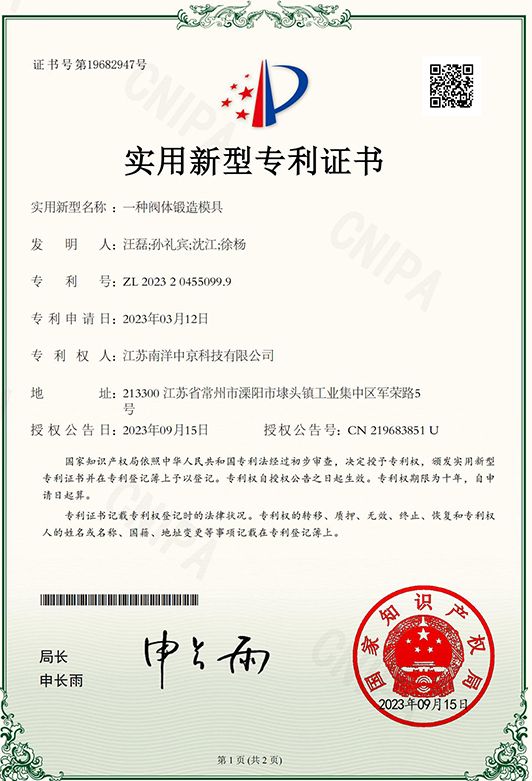ステンレス鋼は鉄材料ですか? ステンレス鋼が鉄材料であるかどうかを理解するには、「鉄」の定義から始まります。材料科学では、鉄金属とは主成分として鉄を...
続きを読む
チュキオプロフィール
高品質の偽造ソリューション
2017年に設立されたJiangsu Nanyang Chukyo Technology Co.、Ltd。は、20,000平方メートルの生産エリアを持つ42,000平方メートルの面積をカバーしています。 240人の従業員の現在の労働力と、カビの処理、のこぎり、鍛造、熱処理、加工、検査、包装をカバーする包括的な生産チェーンがあります。中国のメーカーとカスタムファクトリー。現在、同社は25,000トンの年間生産能力を持つ9つの生産ラインを所有しています。 5つの熱処理ラインと2つのステンレス鋼溶液機器が15,000トンの年間生産能力を備えています。 34の機械加工CNC旋盤と8つの機械加工センターで、年間300万個の作品を生産しています。当社の製品は、自動車、エンジニアリング機械、工業用計器、および鍛造部品で使用される流体機器業界で広く使用されています。
ニュース
業界の知識
How do fluid pump valves help in regulating the flow of fluids within industrial systems?
In the intricate dance of industrial processes, where fluid movement is not just a necessity but a cornerstone of efficiency, fluid pump valves emerge as unsung heroes. These unassuming components wield significant power in regulating the flow of fluids within industrial systems, orchestrating a symphony of movement that underpins countless manufacturing and processing operations.
At the core of their functionality lies the ability to control the volume, direction, and rate of fluid flow within pipelines and systems. Fluid pump valves act as gatekeepers, allowing operators to fine-tune the flow according to the specific requirements of the process at hand. Whether it's adjusting flow rates, regulating pressure, or redirecting fluid streams, these valves offer unparalleled versatility and precision.
Flow control is perhaps the most fundamental function of fluid pump valves. By simply manipulating the valve's position, operators can modulate the flow rate of fluids with remarkable accuracy. Need to ramp up production? Open the valve wider to allow a greater volume of fluid to pass through. Require a slower flow for delicate processes? Dial back the valve to restrict the flow accordingly. This capability for precise flow adjustment ensures optimal performance and resource utilization across a spectrum of industrial applications.
Moreover, fluid pump valves play a pivotal role in pressure regulation within industrial systems. As fluids flow through pipelines, pressure levels can fluctuate due to various factors such as changes in demand or system dynamics. Here, valves step in to maintain equilibrium, exerting control over the resistance to fluid flow. By adjusting the valve's aperture, operators can fine-tune pressure levels upstream and downstream, ensuring that they remain within the desired range. This not only safeguards sensitive equipment from damage but also enhances the overall stability and reliability of the system.
Directional control is another key function facilitated by fluid pump valves. In complex industrial processes where fluid streams need to be redirected or switched between different pathways, valves with multiple ports or diverter capabilities come into play. These versatile valves enable operators to channel fluid flow along designated routes, facilitating seamless transitions between various stages of the production cycle. Whether it's routing fluids to different processing units or isolating sections of the system for maintenance, these valves offer unparalleled flexibility and efficiency.
Beyond their primary functions, fluid pump valves serve as guardians against overload conditions and emergencies. In scenarios where the pump is at risk of being overwhelmed, valves can be employed to restrict the flow of fluids to a safe level, thereby preventing equipment damage and ensuring operational continuity. Moreover, in the event of a system malfunction or emergency shutdown, fluid pump valves can be swiftly actuated to halt the flow of fluids, mitigating risks and averting potential hazards.
How do fluid pump valves prevent backflow, and why is this important in industrial processes?
Fluid pump valves are crucial components in industrial processes for preventing backflow, a phenomenon where fluids flow backward through the system. Backflow can occur due to various factors such as changes in pressure, pump shutdowns, or fluid reversals, and it poses significant risks to both equipment and product quality. Here's how fluid pump valves prevent backflow and why it's essential in industrial processes:
Check Valve Mechanism: The primary way Fluid pump valves prevent backflow is through the use of check valve mechanisms. Check valves are designed to allow fluid to flow in one direction while preventing reverse flow. They typically consist of a movable disc, ball, or flap that opens when fluid flows in the desired direction but closes to block flow if there's any attempt at backflow. This ensures that fluids can only move forward through the system, preventing contamination or damage caused by reverse flow.
Maintaining Process Integrity: In industrial processes where product purity and integrity are paramount, preventing backflow is critical. Backflow can introduce contaminants, impurities, or unwanted substances into the process stream, compromising product quality and safety. For industries such as pharmaceuticals, food and beverage production, and chemical processing, maintaining strict control over fluid flow direction is essential to ensure compliance with regulatory standards and quality assurance protocols.
Protecting Equipment: Backflow can exert undue stress on pumps, valves, and other system components, leading to premature wear and tear, increased maintenance requirements, and potential equipment failures. By preventing backflow, fluid pump valves help protect valuable assets and infrastructure, prolonging the lifespan of equipment and minimizing downtime and repair costs.
Preventing Cross-Contamination: In industrial environments where multiple fluids or materials are being handled simultaneously, backflow can result in cross-contamination between different process streams. This is particularly concerning in sectors such as wastewater treatment, where the introduction of contaminants from one stream into another can have significant environmental and health implications. Fluid pump valves serve as barriers against such cross-contamination, ensuring the integrity and purity of each process stream.
Ensuring Process Efficiency: Backflow can disrupt the flow dynamics within industrial systems, leading to inefficiencies, bottlenecks, and fluctuations in process parameters. By maintaining forward flow and preventing backflow, fluid pump valves contribute to the smooth and continuous operation of industrial processes, optimizing productivity, and resource utilization.
In the intricate dance of industrial processes, where fluid movement is not just a necessity but a cornerstone of efficiency, fluid pump valves emerge as unsung heroes. These unassuming components wield significant power in regulating the flow of fluids within industrial systems, orchestrating a symphony of movement that underpins countless manufacturing and processing operations.
At the core of their functionality lies the ability to control the volume, direction, and rate of fluid flow within pipelines and systems. Fluid pump valves act as gatekeepers, allowing operators to fine-tune the flow according to the specific requirements of the process at hand. Whether it's adjusting flow rates, regulating pressure, or redirecting fluid streams, these valves offer unparalleled versatility and precision.
Flow control is perhaps the most fundamental function of fluid pump valves. By simply manipulating the valve's position, operators can modulate the flow rate of fluids with remarkable accuracy. Need to ramp up production? Open the valve wider to allow a greater volume of fluid to pass through. Require a slower flow for delicate processes? Dial back the valve to restrict the flow accordingly. This capability for precise flow adjustment ensures optimal performance and resource utilization across a spectrum of industrial applications.
Moreover, fluid pump valves play a pivotal role in pressure regulation within industrial systems. As fluids flow through pipelines, pressure levels can fluctuate due to various factors such as changes in demand or system dynamics. Here, valves step in to maintain equilibrium, exerting control over the resistance to fluid flow. By adjusting the valve's aperture, operators can fine-tune pressure levels upstream and downstream, ensuring that they remain within the desired range. This not only safeguards sensitive equipment from damage but also enhances the overall stability and reliability of the system.
Directional control is another key function facilitated by fluid pump valves. In complex industrial processes where fluid streams need to be redirected or switched between different pathways, valves with multiple ports or diverter capabilities come into play. These versatile valves enable operators to channel fluid flow along designated routes, facilitating seamless transitions between various stages of the production cycle. Whether it's routing fluids to different processing units or isolating sections of the system for maintenance, these valves offer unparalleled flexibility and efficiency.
Beyond their primary functions, fluid pump valves serve as guardians against overload conditions and emergencies. In scenarios where the pump is at risk of being overwhelmed, valves can be employed to restrict the flow of fluids to a safe level, thereby preventing equipment damage and ensuring operational continuity. Moreover, in the event of a system malfunction or emergency shutdown, fluid pump valves can be swiftly actuated to halt the flow of fluids, mitigating risks and averting potential hazards.
How do fluid pump valves prevent backflow, and why is this important in industrial processes?
Fluid pump valves are crucial components in industrial processes for preventing backflow, a phenomenon where fluids flow backward through the system. Backflow can occur due to various factors such as changes in pressure, pump shutdowns, or fluid reversals, and it poses significant risks to both equipment and product quality. Here's how fluid pump valves prevent backflow and why it's essential in industrial processes:
Check Valve Mechanism: The primary way Fluid pump valves prevent backflow is through the use of check valve mechanisms. Check valves are designed to allow fluid to flow in one direction while preventing reverse flow. They typically consist of a movable disc, ball, or flap that opens when fluid flows in the desired direction but closes to block flow if there's any attempt at backflow. This ensures that fluids can only move forward through the system, preventing contamination or damage caused by reverse flow.
Maintaining Process Integrity: In industrial processes where product purity and integrity are paramount, preventing backflow is critical. Backflow can introduce contaminants, impurities, or unwanted substances into the process stream, compromising product quality and safety. For industries such as pharmaceuticals, food and beverage production, and chemical processing, maintaining strict control over fluid flow direction is essential to ensure compliance with regulatory standards and quality assurance protocols.
Protecting Equipment: Backflow can exert undue stress on pumps, valves, and other system components, leading to premature wear and tear, increased maintenance requirements, and potential equipment failures. By preventing backflow, fluid pump valves help protect valuable assets and infrastructure, prolonging the lifespan of equipment and minimizing downtime and repair costs.
Preventing Cross-Contamination: In industrial environments where multiple fluids or materials are being handled simultaneously, backflow can result in cross-contamination between different process streams. This is particularly concerning in sectors such as wastewater treatment, where the introduction of contaminants from one stream into another can have significant environmental and health implications. Fluid pump valves serve as barriers against such cross-contamination, ensuring the integrity and purity of each process stream.
Ensuring Process Efficiency: Backflow can disrupt the flow dynamics within industrial systems, leading to inefficiencies, bottlenecks, and fluctuations in process parameters. By maintaining forward flow and preventing backflow, fluid pump valves contribute to the smooth and continuous operation of industrial processes, optimizing productivity, and resource utilization.



